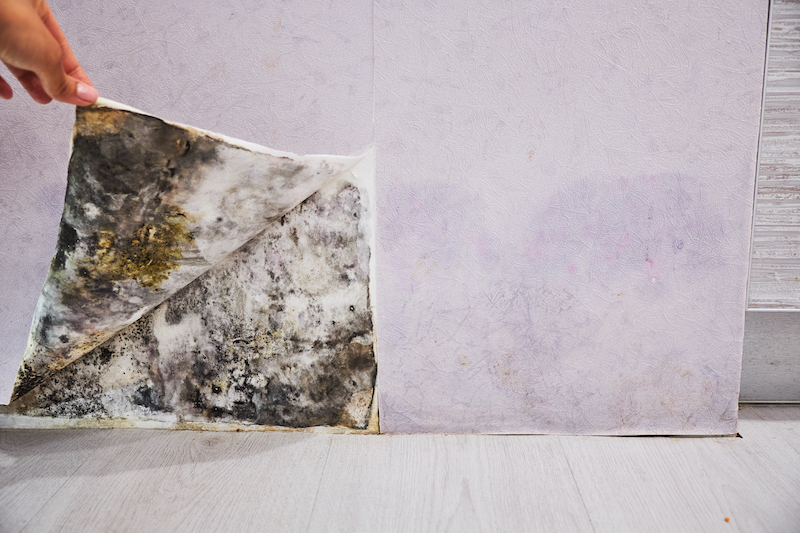There are a number of areas in your home that are at risk of becoming a breeding ground for mold. Damp areas are ideal environments for mold growth. Household mold can lead to health issues which can become severe if left untreated. This is why it is so important to be able to locate and eliminate mold from your house. Consult a professional today to have your home inspected for mold, and take note of these special warning signs that will help you determine if, and where, mold is hiding in your house.
Warning Signs
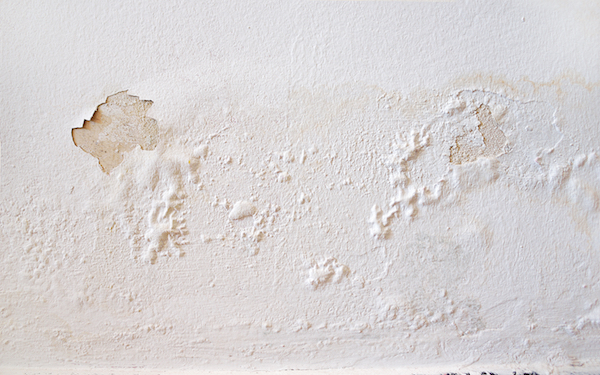
Mold thrives in damp environments and is able to grow and attach itself onto any material. The most notable warning sign that you will be able to see is the mold growing on the surface of an area. Mold varies in colour and can be white, grey, brown, or black and has a fluffy, cotton-like texture.
Mold can be found in areas of the home that experience increased moisture, which can be almost anywhere. For example, moisture can collect inside your walls or beneath your floor boards. Bubbling paint and squishy floor boards are a sign that there is moisture trapped within. It is easy to pass this off due to increased humidity, or the results of a rain spell, however, increased moisture can be the first sign of mold growing in your home so it is important to get this looked at to prevent further damage.
If there is mold in your home, depending on the severity of it, you may begin to notice a funny smell. As mold is found in damp areas, it gives off a musty smell that will become noticeable. Areas to keep an eye, and nose, on in your home are the basement, any bathrooms, all windows, and your attic. These are common areas, but continuing to inspect your entire home is still important. Here’s what to look for in each area where household mold is common.
Basement
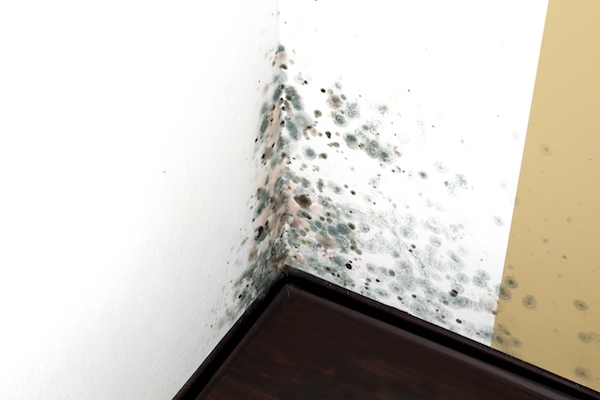
As mold thrives in areas that have increased moisture, basements are one of the popular spots to find mold. Basements, which are typically below ground level, are prone to flooding and are generally cold and damp spaces. They also take longer to dry out compared to other areas of the home as they receive little to no sunlight. When it comes to cleaning, they’re often a neglected area, leading to increased bacteria and dust which assists mold growth.
If your basement has experienced any flooding or leaks, it will be more prone to mold growth. Concrete floors are a particularly good material for mold growth as they’re typically cooler than the hot humid air above. This causes condensation and moisture to develop which can lead to mold growing. Check the corners of your basement, a particularly common spot for mold to show up.
Bathroom
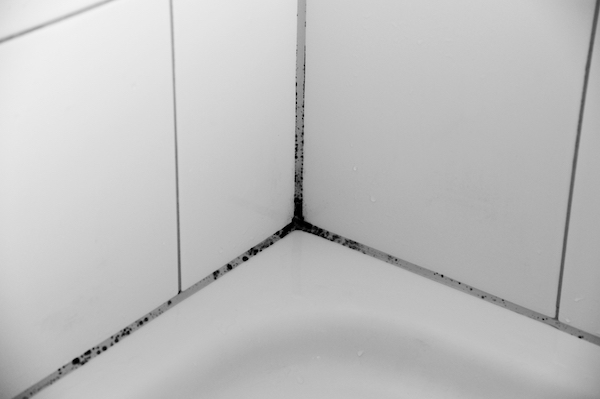
Bathrooms with showers or baths are more prone to mold growing due to the moist environment. After a hot shower, steam builds up in the small area and, if not properly ventilated, can lead to accumulated moisture, which in turn increases the chance of mold growth. While most bathrooms have ventilation, it is not always successful in removing all moisture from the space. Checking your ventilation and regularly cleaning areas such as the sink, tub, and cabinets will help prevent mold from growing.
Windows
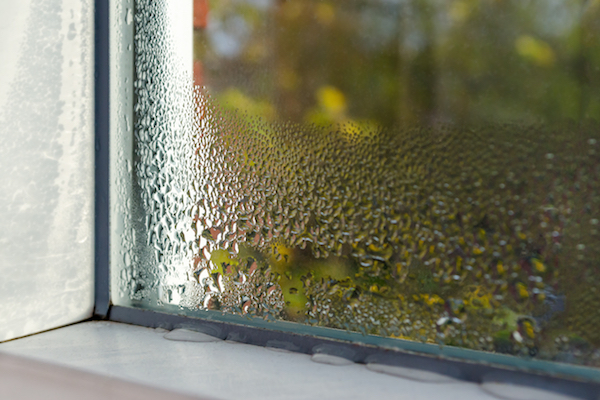
As many homeowners know, condensation on windows is very common, especially during the winter months. This condensation, if left untreated, can lead to increased moisture on the surface which in turn can lead to mold growth around the window. Leaving mold around your windows will not only look unpleasant but it will cause your home to smell and could lead to health issues. Routinely checking your windows for any spots of mold or moisture can help prevent spotting and mold growth.
Attic
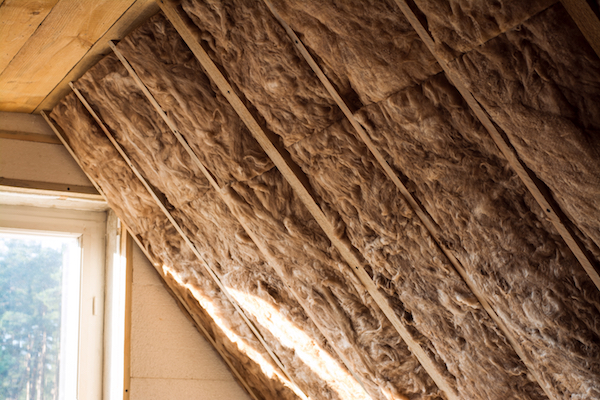
With close proximity to your roof, your attic space is another area in your home that is very prone to mold. During heavy rainfalls, leaks can work their way through your roof into your attic. Most homeowners will check the roof for any damage that may cause leaks, however, no sign of damage doesn’t mean there are no leaks! Small leaks over time can lead to increased moisture in your attic. Moisture can affect the insulation in your attic, making it appear lumpy. Inspecting your attic space is just as important during these times.
Health
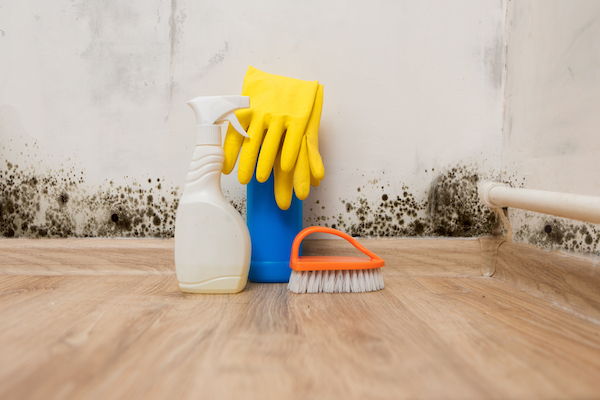
If you have mold in any of these areas, you may begin to notice that your health is being affected. These indicators are less obvious because it is easy to dismiss them as a common cold or allergy symptoms. Symptoms can include watery and itchy eyes, coughing, nasal congestion, hives on contact, and increased or worsened asthma. If you notice that these symptoms are particularly worse when you are in your home, that is most likely a sign that there is mold present.
Taking action on these warning signs will help you catch mold in your home before it gets any worse. Keeping your house clean and dry will keep your home and your family healthy. Get in touch with a mold inspector to assess your situation or hire a professional to remove mold from your home today.
